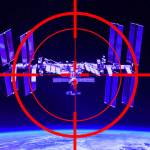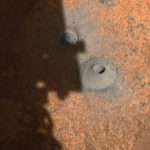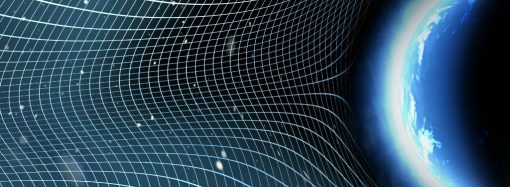Hidden Magnetic Patterns Inside Meteorites Reveal Secrets of The Early Solar System0
- From Around the Web, Space
- August 17, 2021
The Solar System is positively lousy with magnetic fields. They drape around (most of) the planets and their moons, which interact with the system-wide magnetic field swirling out from the Sun.
















